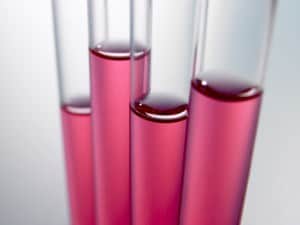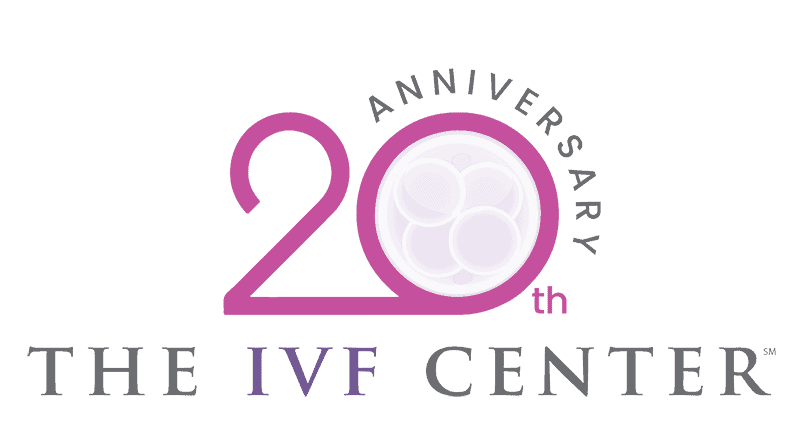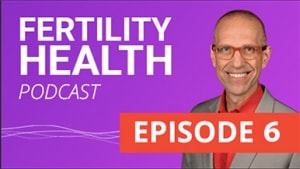In our continuing effort to provide you the latest in Reproductive Medicine, I would like to share a noteworthy article in the current issue of the Journal of the American Medical Association (JAMA) regarding egg donation, Outcomes of Fresh and Cryopreserved Oocyte Donation.
The study evaluated data from over 4,000 fresh cycles and nearly 1,000 frozen cycles. In all important parameters for live birth, fresh egg donation cycles were significantly more successful than using frozen eggs. There were significantly more cancelled cycles in the fresh egg group. Despite statistical significance, the mean number of embryos transferred was only slightly lower in the frozen group.
The conclusion supports the superiority of using traditional fresh egg donation cycles over frozen eggs. (See below for attached table)

BACKGROUND
In 2013, the American Society for Reproductive Medicine (ASRM) removed the experimental designation of oocyte cryopreservation but cautioned more data are required “before universal donor oocyte banking can be recommended.”
Nevertheless, clinics promptly began to market the use of this new technology. Initially advised and intended for fertility preservation in cancer patients, oocyte cryopreservation has grown in the creation of “egg donor bank” businesses and as a means of “protecting or insuring” a woman’s fertility while she delays childbearing.
The reality of oocyte cryopreservation provides a reason for caution as well as concern over the excessive marketing of this technology. Dr. Kevin Doody, former chairman of the Society of Assisted Reproductive Technologies (SART) Registry, reports the latest data of live-birth rates for egg freezing are approximately 24%. (Of note, an outdated slower cryopreservation technology may have been utilized in some of these cycles resulting in a lower success rate.)
The lower cost and ease of scheduling with frozen oocytes must be weighed against the lower success.
 In July of this year, TIME magazine reported on “Fertility companies and specialists hosting egg-freezing parties and other informational gatherings to encourage women to consider freezing their eggs as an “insurance policy,” and in some cases offer Groupon-style discounts if they commit immediately.”
In July of this year, TIME magazine reported on “Fertility companies and specialists hosting egg-freezing parties and other informational gatherings to encourage women to consider freezing their eggs as an “insurance policy,” and in some cases offer Groupon-style discounts if they commit immediately.”
Egg donor banks provide a limited number of oocytes, usually six, to intended parents.
This markedly limits the number of embryos for fresh and subsequent frozen transfer attempts thereby increasing the potential need of additional egg retrieval cycles and expense.
All this intensive commercialization enhances the risk of exploitation to highly vulnerable women confused over their reproductive choices. Further, the use of frozen oocytes for egg donation is a potential conflict of interest of the clinic with financial interest, particularly given this new data.
BOTTOM LINE
Currently, egg freezing is clearly not an “insurance-policy” for patients given the low success rates reported. Additionally, frozen egg donation is inferior to the traditional fresh egg donation cycles with the latter providing higher live birth rates and embryos to the intended parents.
We are Central Florida’s most successful IVF Program.
To learn more about our work, please schedule your consultation or join the conversation on Facebook and Twitter.





